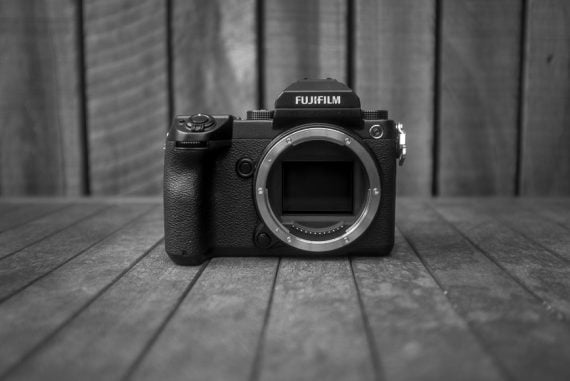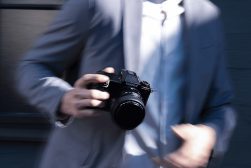
Why Do Photographers Love Fujifilm?
Delve into the magic of Fujifilm, as 7 photographers across different genres share their favorite gear and why they love brand.
Learn | By Greg Cromie
Shotkit may earn a commission on affiliate links. Learn more.
This article will explore why many photographers love Fujifilm cameras and lenses.
Buying a camera these days comes loaded with a lot of questions.
How much money do you want to spend? How many megapixels do you want the image sensor to capture?
What style of photography will you be shooting?
And, of course, do you intend to use it as a hobby or for professional photography and videography?
One of the biggest questions people should always consider is, what brand are you interested in and why?
In this article, I’ll discuss why photographers love and prefer Fujifilm gear over other brands.
These aren’t just my opinions – I’ve also talked with a bunch of Fuji shooters from different photography genres to find out their reasons, so check out their answers below.
Let’s dive into it!
Why Do I Love Fujifilm Cameras?
I get asked this question from time to time.
I wasn’t always a Fujifilm photographer. I started my photography life in art school as a film photographer shooting a Canon SLR.
I loved the end-to-end process of prepping film spools, shooting, experimenting with film types, the chemical baths, the darkroom, enlarging, and print finishing.
Another critical element I loved about film cameras was the total manual control over capturing time and light.
Skip forward two decades, and I took up digital photography with Canon DSLR cameras and lenses.
Big glass is beautiful but incredibly expensive and heavy to lug around. It caused physical pain and almost ruined my love of photography. A change was on the cards.
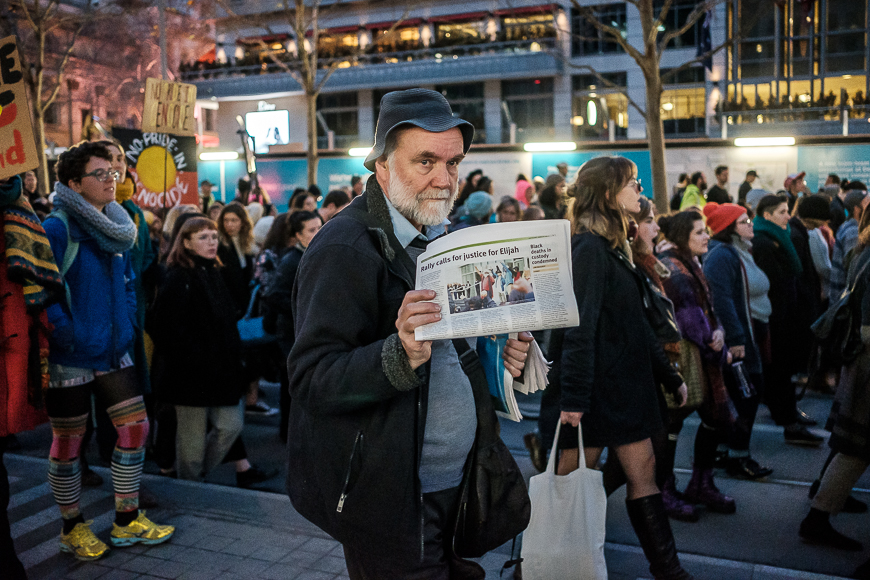
Fujifilm X-T3 | Fujifilm XF 23mm f/2 | Greg Cromie
I was on a photo walk with a friend who was shooting with a tiny, retro-styled digital camera by Fujifilm.
I had a play with the very first Fujifilm X100 digital mirrorless camera, and I was instantly hooked.
The original Fujifilm X100 (much like its current generation X100VI) is lightweight and compact, has manual exposure controls like a film camera, and creates terrific image quality straight out of the camera.
Before long, I sold my cumbersome Canon kit and upgraded to a Fujifilm X100 and an X-T1.
I opted for the Fujifilm XF 23mm f/1.4 and the Fujifilm XF 16mm f/1.4 lenses.
How Much Do You REALLY Know About Photography?! 🤔
Test your photography knowledge with this quick quiz!
See how much you really know about photography...

The rest is history.
What Fujifilm Gear Do I Shoot With in 2024?
As a writer and reviewer of Fujifilm gear, I’ve shot with almost every camera and lens in the Fujifilm X Series lineup – plus the Fujifilm GFX cameras.
Over the past decade, I’ve owned the Fujifilm X-T1 through to X-T4, three generations of the Fujifilm X100 series, two generations of the Fujifilm X-E series, and the Fujifilm X70.
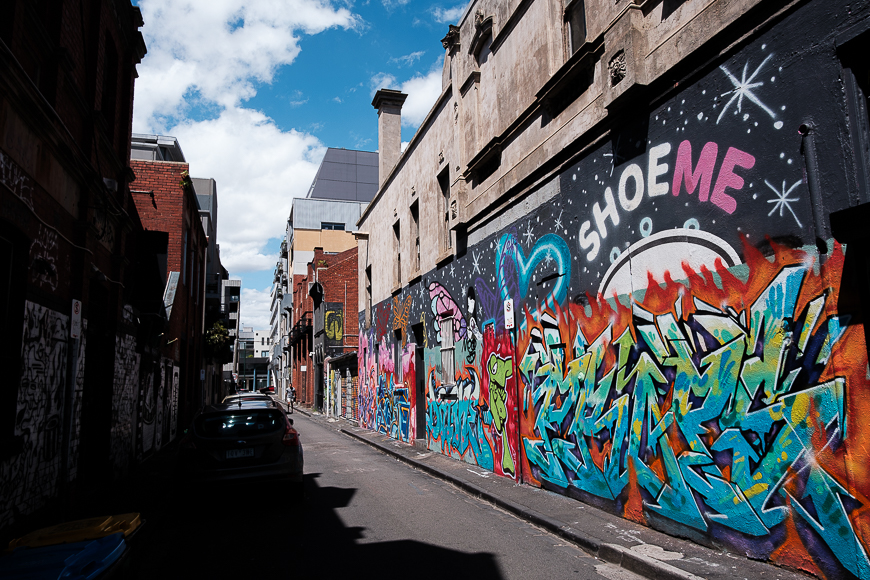
Fujifilm X-E4 | Fujifilm XF 16mm f/2.8
I’ve also owned a wide range of prime and zoom lenses from the Fujifilm X Series library.
I’ve shot weddings, events, portraits, family, landscapes, and food.
Today, I’m primarily a street and travel photographer and have curated a Fujifilm camera and lens kit to suit.
I shoot with the Fujifilm X-E4 – it’s compact, lightweight, and captures crisp 14-bit RAW images.

Fujifilm X-T3 | Fujifilm XF 16mm f/2.8 | Greg Cromie
My favourite lens is the Fujifilm XF 23mm f/2 R WR compact prime.
Next up is the Fujifilm XF 16mm f/2.8 R WR wide prime lens. The wider prime suits my travel and street work, where I want more context in a composition.
Finally, the smallest lens in the Fujifilm lineup – and my kit – is the Fujifilm XF 27mm f/2.8 WR.
The 23mm thick pancake prime only weighs 84 grams. Paired with the Fujifilm X-E4, the lens and camera combo weigh 448 grams.
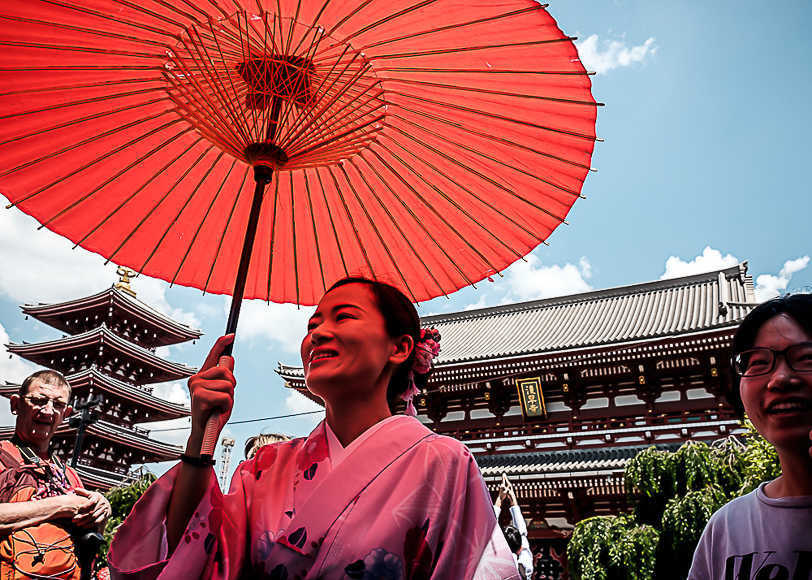
Fujifilm X70 | Greg Cromie
I also shoot with the Fujifilm X70, featuring a fixed 18.5mm f/2.8 lens.
I’d argue that it is one of the best digital street photography cameras ever.
Why Photographers Love Fujifilm Cameras and Lenses
I could fill the following 2,000 words with my thoughts and love for Fujifilm.
But where’s the fun in that?
Instead, I chatted with professional and hobbyist photographers who shoot with, and love, Fujifilm.
Let’s see what they have to say about Fujifilm, what gear they chose, and what style of photography they shoot!
Igor Vyvey – Nature Photographer
My love affair with Fujifilm cameras goes back some 15 years.
I’ve shot with several Finepix bridge cameras, multiple versions of X100, X-T, X-E, X-H and even a GFX series camera.
At that time, I also collected many lenses and accessories. You could say I’m heavily invested in Fujifilm setups.
As I’m primarily a nature hobbyist photographer, Fujifilm doesn’t necessarily rank at the top of this field.
I sometimes cast a jealous eye at my fellow bird and wildlife togs’ images captured with the latest SoCaNikon full-frame super-telephoto gear.
However, considering overall cost, bang-for-buck, weight, portability, colour science, auto-focus, tracking, and resolution advances in the APS-C sensors, I’m happy to stick with Fuji and do my best to make it work.
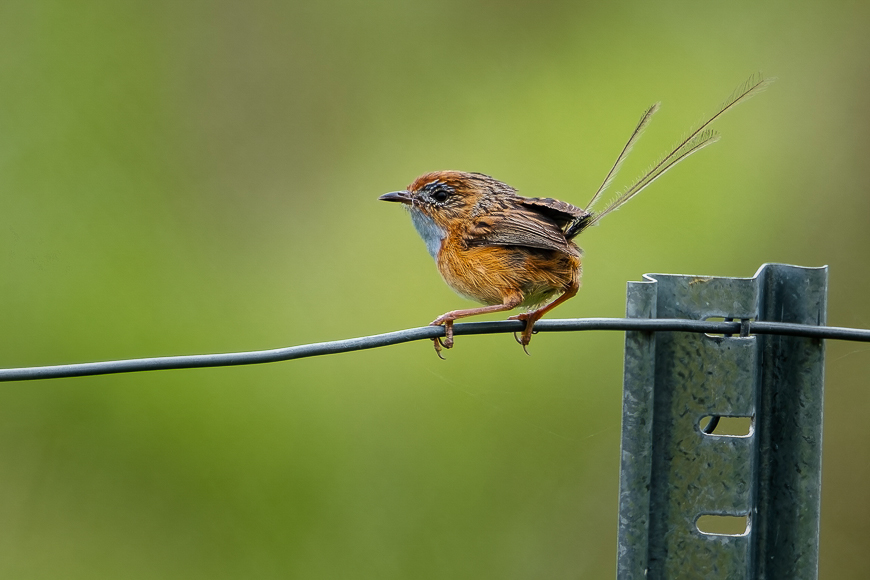
Fujifilm X-H2 | Fujifilm XF 150-600mm f/5.6-8 | Igor Vyvey
Advances in editing software and noise reduction also help to ease the comparison blow.
Beyond all the rational stuff, there’s just as essential and more intangible factor to my loyalty.
It’s the sense of community and friendship created through groups like Fuji X Aus (Australian Fujifilm Facebook group).
In addition, the care and quality of customer service at Fujifilm Australia and the Kaizen firmware developments are important.
It all contributes to making Fujifilm a unique experience and membership of a quasi-family to be enjoyed and cherished. You can’t split from family, can you?
As an Australian nature photographer, I capture local Sydney and surrounding bird life with the Fujifilm X-H2 and Fujifilm XF 150-600mm f/5.6-8.
Andrew Hall – Motorsport Photographer – Fujifilm Australia
I was already a huge fan of Fujifilm from back in the film days.
I always had Fujifilm stock in my camera – from the iconic Velvia to Provia, Acros and more.
I was intrigued when Fujifilm released their first X Series camera way back in 2011 – the fabled X100.
I love all photography genres, but primarily, I shoot Motorsport.
The Fujifilm X Series has evolved into a very versatile and high-performing system. The flagship X-H2s and X-H2 are the peak of that evolution.
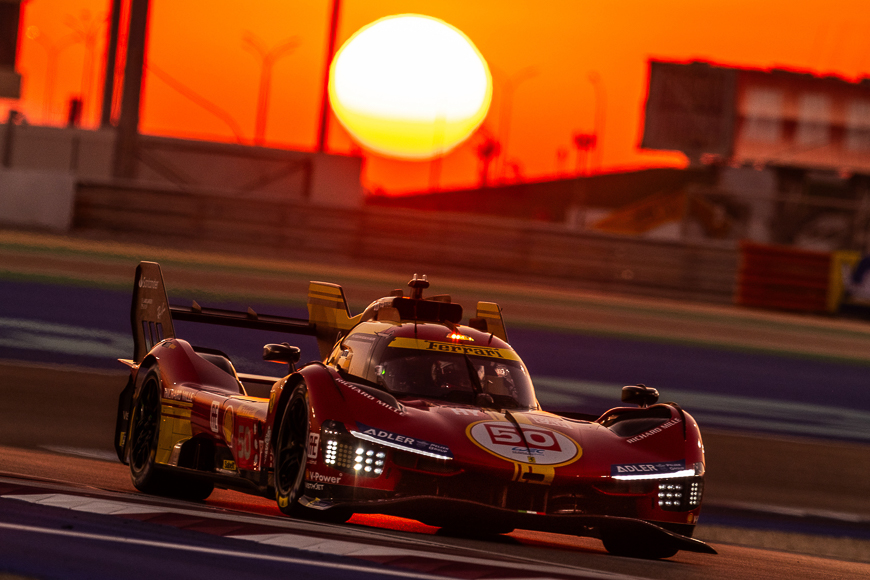
Fujifilm X-H2 | Fujifilm XF 200mm f/2 + 1.4x Teleconverter | Velvia Film Simulation | Andrew Hall
I use Fujifilm X Series cameras in my professional and personal photography because they have soul and keep me passionate about photography – even after 35 years in the game.
The lightweight ergonomics, retro dials, amazing image quality, and the inbuilt film simulations paying homage to Fujifilm’s heritage all add up.
It delivers a unique and gratifying user experience, the like of which I have never felt with other camera systems.
The constant development of the system, with input from end users, means that my X Series cameras are always at the leading edge of technology.
What’s more, they’re perfectly suited to the fast-paced world of Motorsport.
My typical racetrack kit includes the Fujifilm X-H2s and Fujifilm X-H2.
With regards to lenses, I pack the Fujifilm XF 200mm f/2.0, 1.4x Teleconverter, XF 50-140mm f/2.8, XF 50mm f/1.0, XF 90mm f/2.0, and XF 18mm f/1.4.
Nathan Brayshaw – Travel And Documentary Photographer
Since 2011, I’ve been a dedicated user of Fujifilm cameras for my travel photography.
The original Fujifilm X100 has been my faithful companion throughout this journey.
Starting with the original Fujifilm X100 in 2011, I’ve continued to embrace the Fujifilm lineup.
I’ve owned and worked with the Fujifilm XE-2, X-Pro2, X-Pro3, and XT series cameras.
These compact powerhouses have become my go-to cameras for documentary work and for capturing the essence of my travels.
I’d consider the Fujifilm XF 35mm f/1.4 my favourite travel lens.
The only trouble is that when I edit my photos, I find that most of my keepers are out of my Fujifilm XF 10-24mm f/4 lens!
It happens on most trips, whether it’s street photos in India or China, or landscapes and environmental portraits in Java and Borneo.
It’s a really versatile lens, and I reckon it is underrated for street photography.
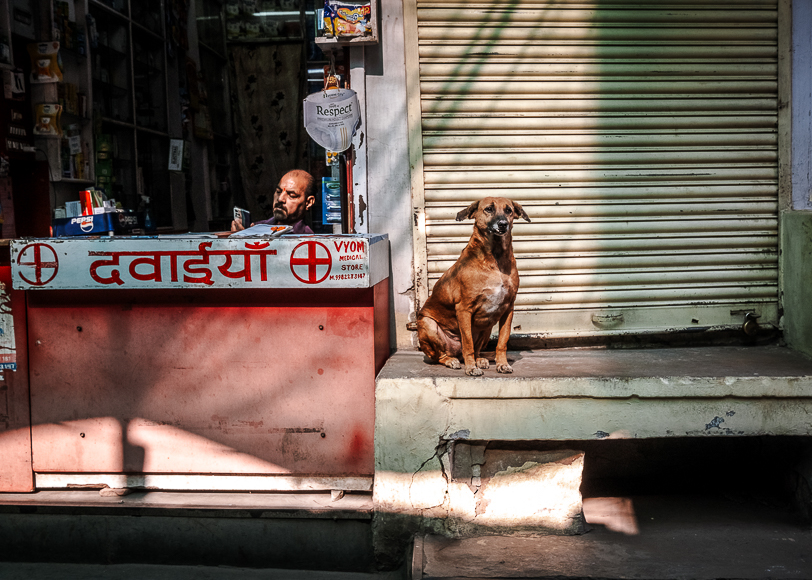
Fujifilm X-T3 | Fujifilm XF 10-24mm f/1.4 | Nathan Brayshaw
When I’m travelling, I’ll pack two cameras and three lenses. Typically, I pack the Fujifilm X-T3 and X-E3 with the Fujifilm XF 23mm f/1.4, XF 35mm f/1.4, and XF 10-24mm f/4.
I can have all of this gear in one small bag, be on my feet all day, and not feel the weight.
I like to think the small form factor of these cameras lend themselves to being ‘discreet’ when taking a photo.
In reality, when I’m in India, Pakistan, or China, I don’t look like everyone else, and most people see me well before I see them.
The retro look of Fujifilm cameras is less imposing than that of the big Nikon, Canon, and Sony bodies, which helps. Of course, a polite smile and a wave never go astray.
The real beauty of these cameras is the Fujifilm film simulations.
I hate, hate, hate editing while I’m on the road.
But with the right film sim, the Fujifilm app, and a quick edit on my phone in Snapped, I’m able to upload photos at the end of the day with minimum hassle.
Robert Owen-Jones – Fine Art Photographer
I bought the Fujifilm GFX 100 on release five years ago.
My goal was to begin selling large-size prints, and the GFX system offered so much potential with its 102-megapixel sensor.
Fast forward, and the camera has enabled me to meet the exacting standards of exhibiting in galleries.
It has paid back on my initial investment many times over.
I use a range of Fujifilm GF lenses with the system.
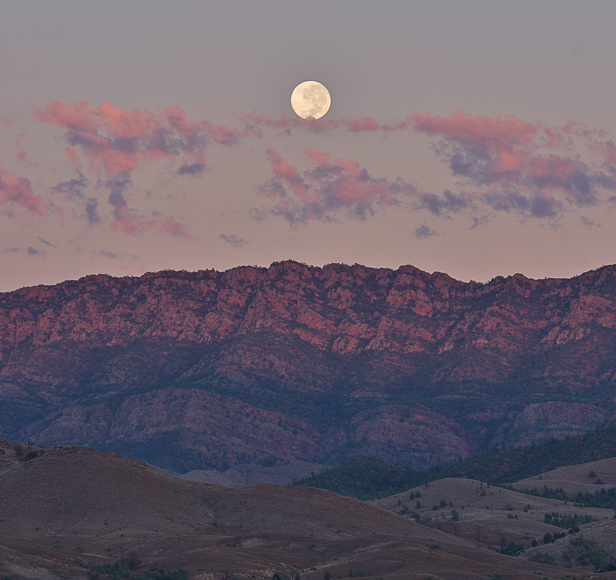
Fujifilm GFX 100 | Fujifilm GF 250mm f/4 | Robert Owen-Jones
I use the GF 20-35mm f/4 and the GF 32-64mm f/4 zooms, the GF 45mm f/2.8, the GF 80mm f/1.7, the GF 110mm f/2, and the GF 250mm f/4.
While it’s hard to single out a favourite lens, I do love the portrait results of the GF 110mm f/2 and the landscape results of the GF 250mm f/4.
My next purchase will be a Fujifilm GFX 100 II, and I will relegate my much-loved current camera body to backup status.
I’ve travelled with my Fujifilm GFX 100 system all over the world, including shoots in Morocco, Europe, West Africa, Tahiti, the USA, and, of course, my beloved Australia.
I have no regrets about having invested in the Fujifilm GFX System and expect to use it for many more years to come!
Tracy Huang – Macro Photographer
I owned a Nikon camera when I was younger and used it as a point-and-shoot camera with auto settings.
Once I was ready to learn more about photography, I chose Fujifilm, as my friend had one and I was always amazed by his shots.
Also, the manual dials are amazing – it feels like using a vintage camera again. I don’t think I’ll ever change to another brand, as nothing else looks cooler.
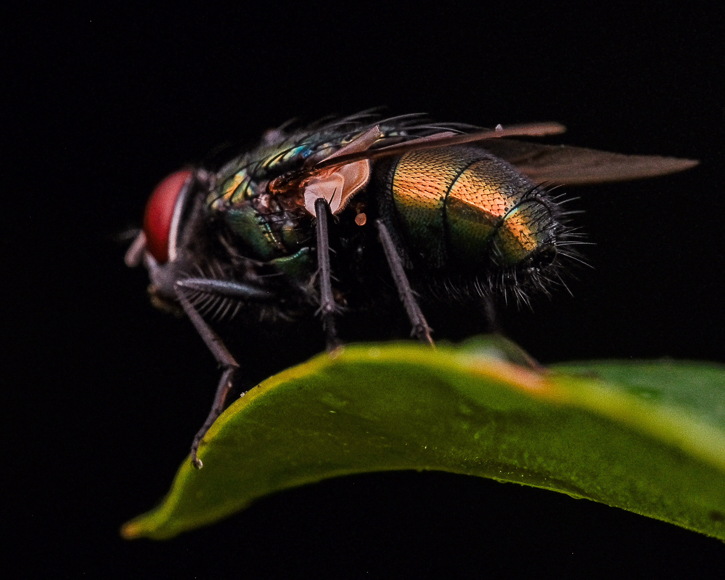
Fujifilm X-T4 | Fujifilm XF 10-24mm f/2.8 | Tracy Huang
I’ve been focusing on macro photography at the moment as I’ve not been out for a hike for about a year. I normally shoot portraits and wide-angle landscapes.
However, being too busy to travel made me more interested in shooting macro.
There’s something about Fujifilm gear that makes me want to pick it up and shoot with it.
The other day, I picked up my friend’s Sony mirrorless camera, and I’m so glad I went with Fujifilm.
There’s something really special about Fujifilm cameras that is hard to quantify.
Charlie Blevins – Fujifilm Australia
In 2015, I was in a creative rut and felt the need to travel somewhere to feel refreshed.
With much debate, I decided to visit the creative capital of Australia, good ole Melbourne.
With glorious coffee, boundless inspiration found in sketchy alleyways, and unpredictable weather, I knew this was the location for me.
Before my flight, however, I wasn’t happy with the current photography gear I was using.
I went to my local camera store, and the Fujifilm X-T1 was recommended.
I was in doubt at the time because switching camera systems wasn’t easy.
At that moment, I remembered my good friend Jon from San Jose, CA, who had a Fujifilm X100S on loan, and it was a camera he raved about with me.

Fujifilm GFX 50S II | Fujifilm GF 63mm f/2.8 | Charlie Blevins
I decided to take the leap and give Fujifilm a chance to be part of my creative journey.
Over the course of 8 years, I’ve trusted and utilised my gear in portraiture, weddings, commercial and street photography.
My passion expanded to being involved in various photography community groups, and now, I am forever grateful to be working for Fujifilm Australia as the National Events and Training Specialist.
It amazes me how life unfolds, and I look forward to continuing to advocate for the brand for years to come.
My usual go-to portraiture combos are the Fujifilm GFX 50S II paired with the 63mm f/2.8 and the Fujifilm X-T5 paired with the FUJINON 35mm f/1.4.
The Fujifilm X100VI is the camera I always have with me as an everyday camera.
What The Fujifilm Range Has To Offer
The biggest thing the Fujifilm camera and lens range offers is freedom. Let me explain.
Photography should be an enjoyable pursuit.
Getting out and about challenging yourself to capture time and light should be about the journey, the methodology, the art, and the self-satisfaction.
What’s more, if you shoot professionally, the elements of commerce, relationships, and delighting clients come into play.
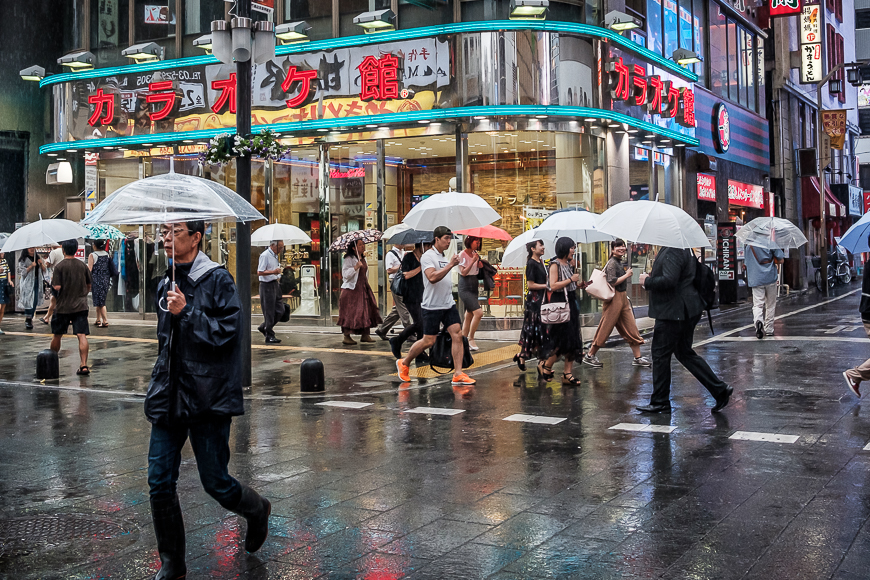
Fujifilm X-T3 | Fujifilm XF 23mm f/2 | Greg Cromie
Photography should also be about the freedom to explore new places, uncover new techniques, be part of a community, and discover your creative brain.
It should be less about having the biggest and best brand, camera, or lens and more about freedom of expression.
Given my, and other’s, tenure and experience with Fujifilm photography equipment, Fujifilm focuses more on the freedom and joy of photography than most brands.
Let’s dig a little deeper.
Form Follows Fujifilm Function
An age-old design term is that form should follow function!
Fujifilm designs its cameras for use by everyone from the entry-level photographer to the industry professional.
Therefore, usability, portability, accessibility, sustainability, and ergonomics are standout design elements for Fujifilm equipment.
Fujifilm cameras feel great in the hand due to their ergonomics, size, and weight.
A Fujifilm X-T5 weighs 557 grams with the larger NP-W235 battery installed – an ideal camera for a pro.
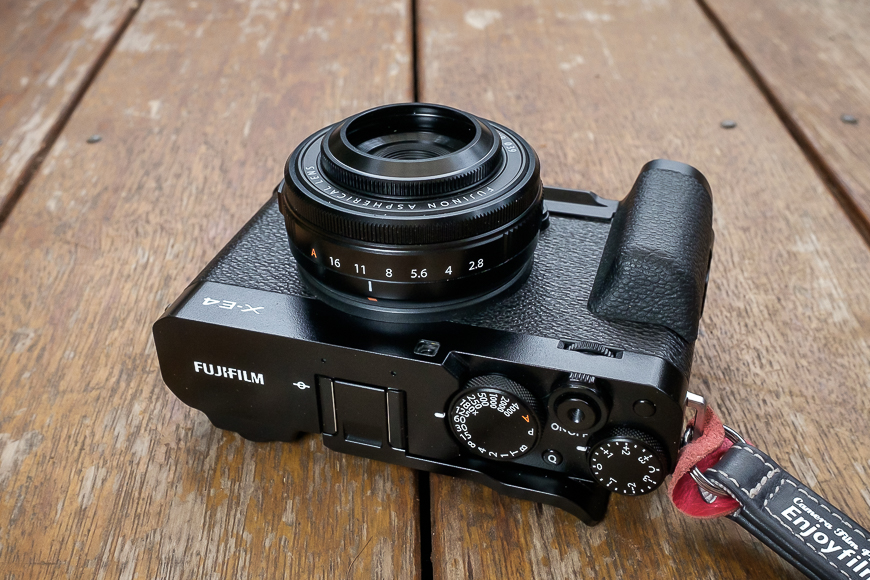
Fujifilm X-E4 and grip paired with the light and compact Fujifilm XF 27mm f/2.8 WR
Drop on a Fujifilm XF 56mm f/1.2 portrait prime; your kit is precisely 1 kg. There’s very little fatigue, even when shooting handheld.
Another standout design feature of Fujifilm cameras is the manual control dials and rings.
They’ve stuck to this design principle since the rangefinder-style Fujifilm X-Pro 1 launched in 2012.
It featured manual and customisable command dials, allowing photographers to have unhindered control over exposure compensation, shutter speed, and ISO.
Paired with a Fujifilm X Series lens, the manual aperture ring completes the manual control equation.
Fujifilm continues to design cameras featuring tactile and responsive command dials.
Kaizen
Kaizen is a Japanese business philosophy that Fujifilm (a Japanese company) embraces.
Moreover, Fujifilm employs Kaizen in its product and software design, as well as in business growth and development.
So, what is Kaizen?
Kaizen is the philosophy of continuous improvement in all aspects of business operations.
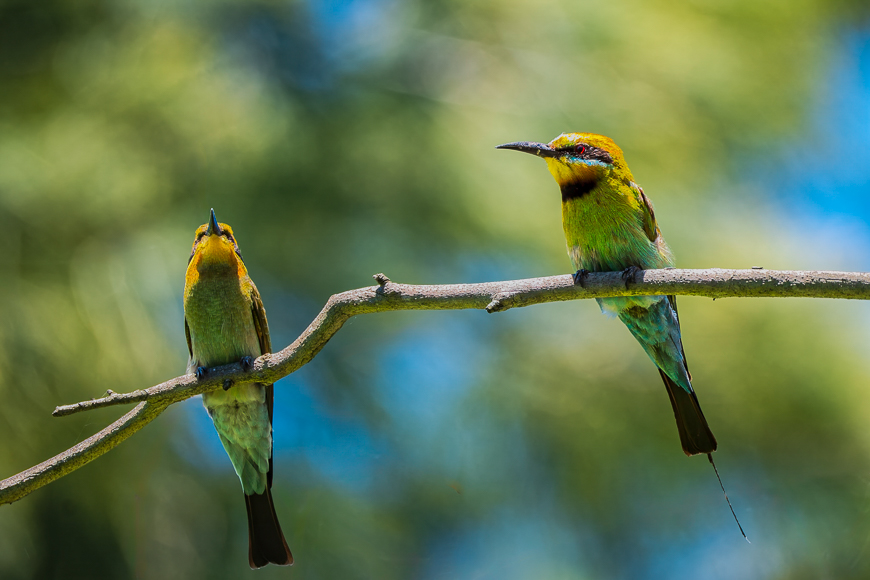
Fujifilm X-H2 | Fujifilm XF 150-600mm f/5.6-8 | Igor Vyvey
For Fujifilm, that translates to how they structure, operate, and improve their business structure, design process, employee engagement, and manufacturing process.
More importantly, Fujifilm utilises the Kaizen philosophy in its product design and enhancement.
The company applies Kaizen to the firmware updates for all cameras and lenses – old and new – to continuously improve their function and performance.
It’s a noble pursuit and one that many Fujifilm photographers love.
Choice In Creative Freedom
Having a choice in how we spend money and consumer products is a freedom we often take for granted.
Many photographers, including myself, have fallen into the trap of believing we need more lenses to take every possible shot.
I’m now a big believer in the less is more and “shoot with what you already have” methodology.
Regardless, Fujifilm has an impressive and highly versatile X Series and GFX camera and lens range.
Further, the lineup continues to grow to accommodate the demands of photographers of all skill levels.
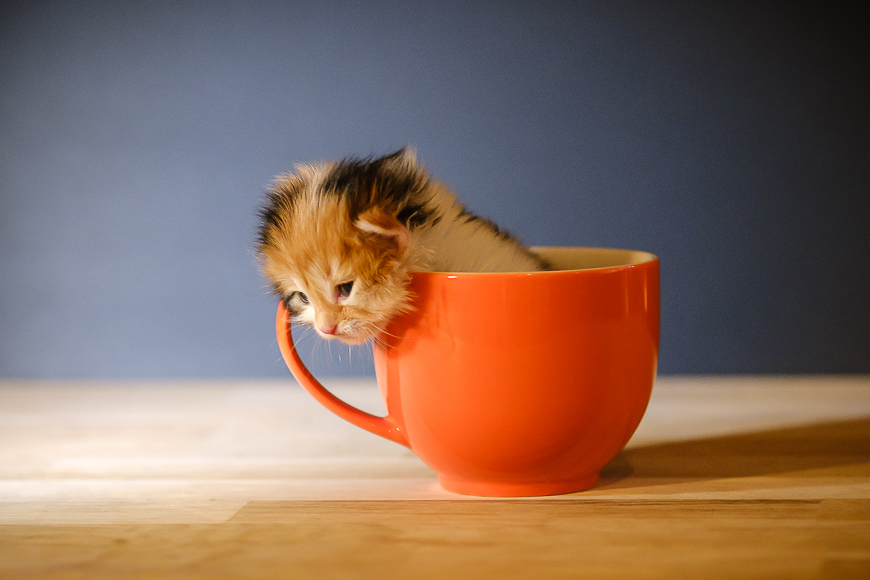
Fujifilm X-T3 | Fujifilm XF 90mm f/2 | Greg Cromie
The Fujifilm X Series includes 39 lenses, including 13 zooms, two teleconvertors, 22 primes, and a couple of smashing cine lenses.
The X Series lenses range in price, maximum aperture, focal distance, and performance. There’s a lens for every budget, situation, and experience.
For example, the Fujifilm XF 23mm f/2 is a fast, lightweight prime, especially if you’re on a budget.
However, if you’re looking for a pro-level wide prime, the Fujifilm XF 23mm f/1.4 won’t disappoint!
Both are X Mount weather-sealed lenses featuring manual and auto aperture and focus, and both take stunning images.
There are seven actively promoted Fujifilm X Series cameras, plus countless older models available second-hand!
Film Simulations To Colour Your World
Back in the days of film photography, Fujifilm was among the biggest and best film stock manufacturers. They’ve been manufacturing since 1934!
When digital photography became all the rage and film photography almost disappeared, Fujifilm had to reinvent itself to survive.
Fujifilm earned its reputation as a film manufacturer through its chemical and colour science. To survive, they shifted the focus from film to cosmetics.
It’s important to note that Fujifilm is accredited with developing the first consumer-level digital camera in 1988 – the DS-1P.
Today, we enjoy Fujifilm’s decades-long efforts with colour reproduction thanks to the film simulations included in all Fujifilm X Series and GFX cameras.
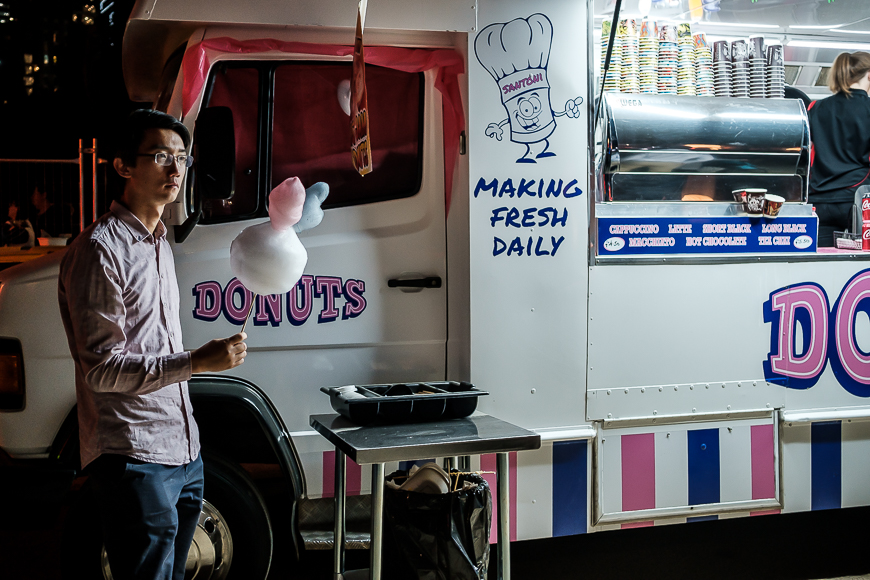
Fujifilm X-T3 | Fujifilm XF 23mm f/2 | Classic Chrome | Greg Cromie
Film Simulations are colour presets or filters baked into the camera’s firmware. Film simulations can be applied in-camera to JPEG or RAW images through in-camera editing.
Furthermore, Fujifilm Film Simulations are faithful reproductions of current and historical film stock used for decades in photography and cinematogy.
For example, Velvia delivers a high-saturation, vivid look, while ACROS is a rich, contrasting black-and-white simulation. My favourite is Classic Chrome, which gives a retro colour film simulation with slightly muted tones.
There’s A Lot To Love About Fujifilm
I’m more than happy to admit that I’m a brand snob! What’s more, I’m unashamedly a Fujifilm fan-boy!
Since switching to Fujifilm, I’ve not swayed or faltered in my loyalty to Fujifilm – the creative freedom I’ve enjoyed is undeniable.
We each have preferences, influences, expectations, loyalties, and biases when selecting camera equipment.
The big players – Canon, Sony, and Nikon – are all vying for your attention, loyalty, and dollars. Just don’t forget the little guys in the market!
Every camera has a sensor, processor, and battery. Look for the little details that expand your enjoyment of photography.
Have you or do you shoot with Fujifilm cameras and lenses? If so, what’s your go-to kit, and why do you love Fujifilm?
Featured image shot by Nathan Brayshaw with the Fujifilm X-T3 and the Fujifilm XF 10-24mm f/1.4.

Check out these 8 essential tools to help you succeed as a professional photographer.
Includes limited-time discounts.





